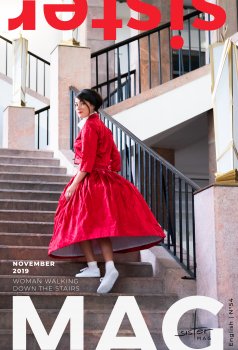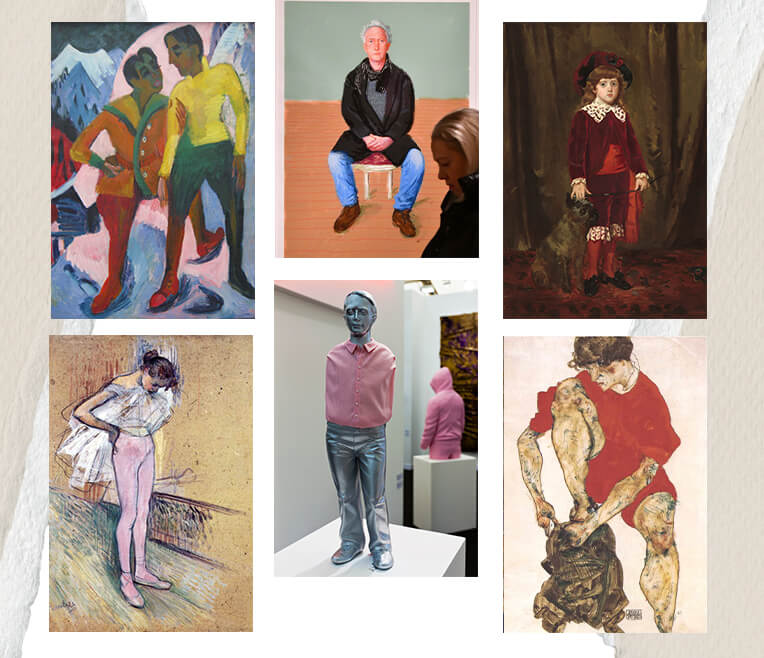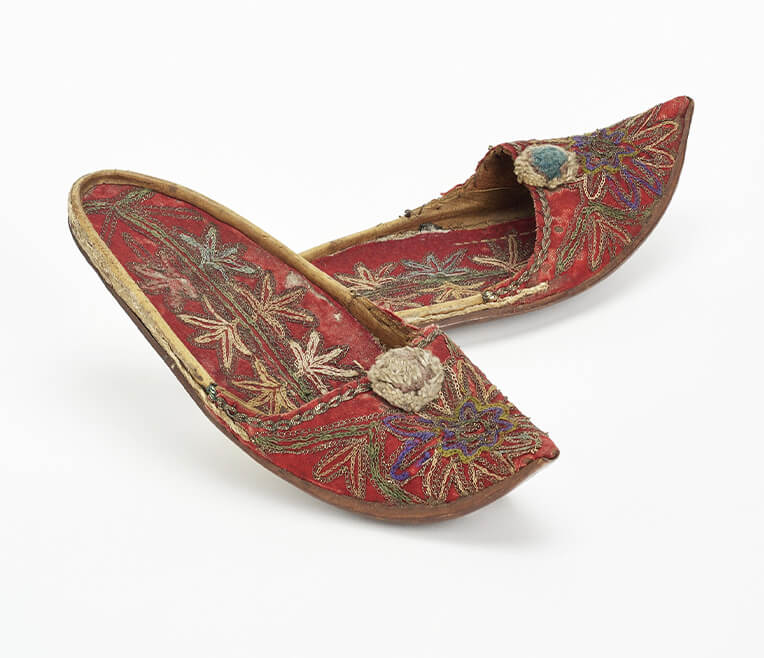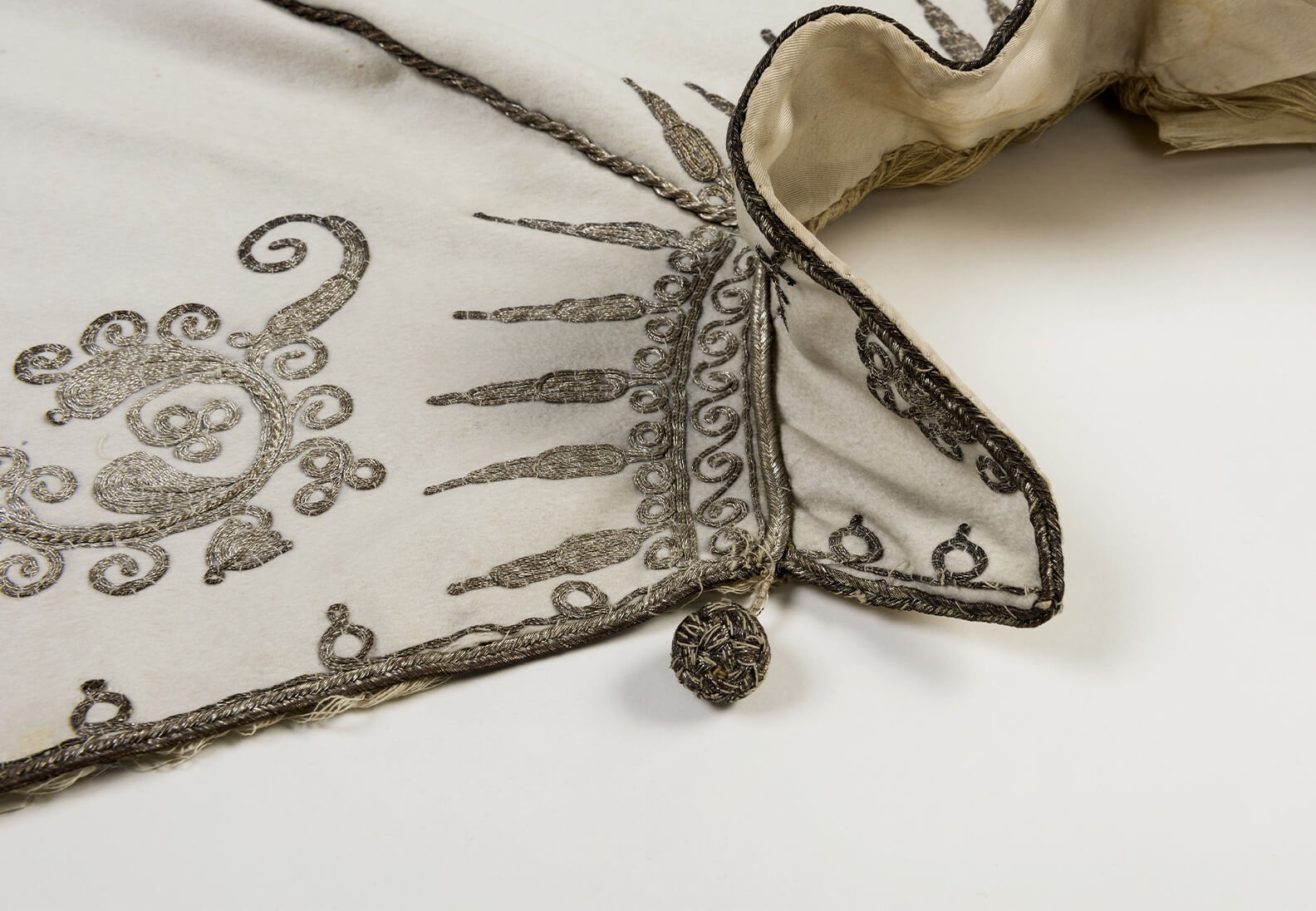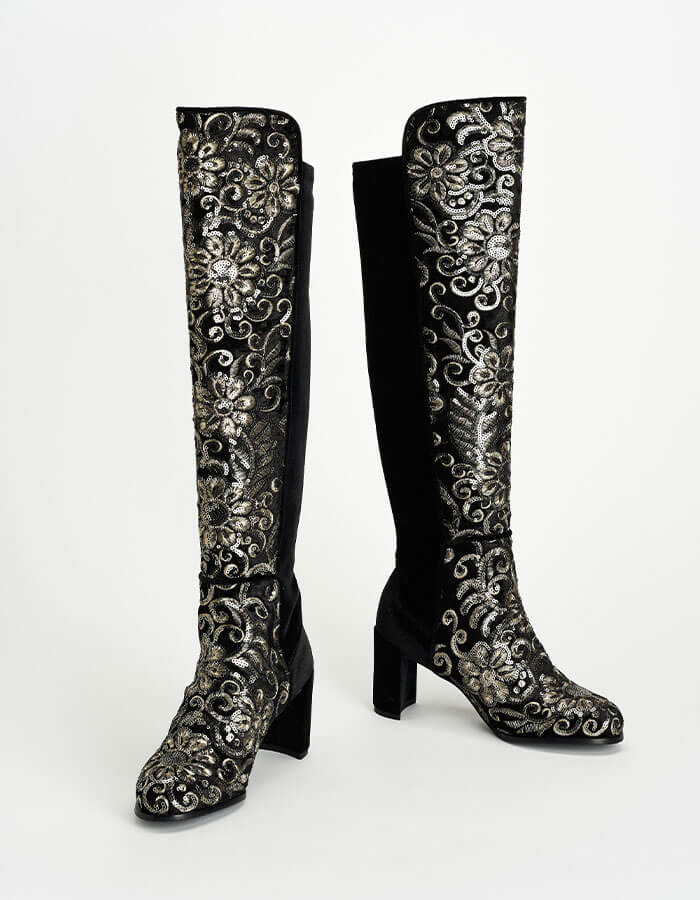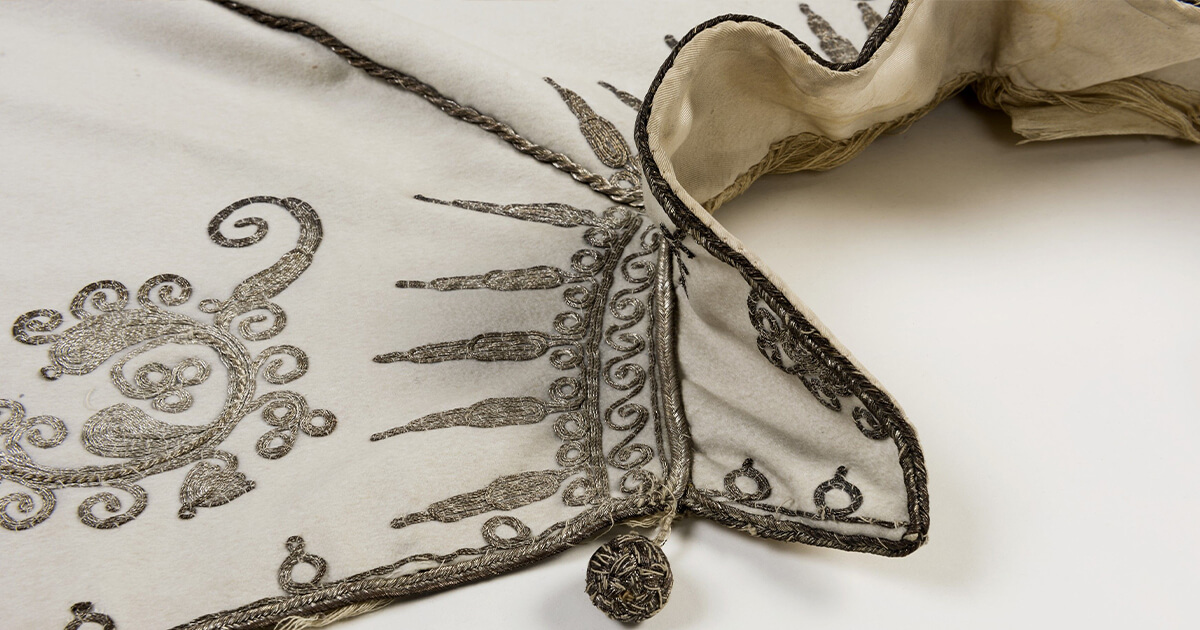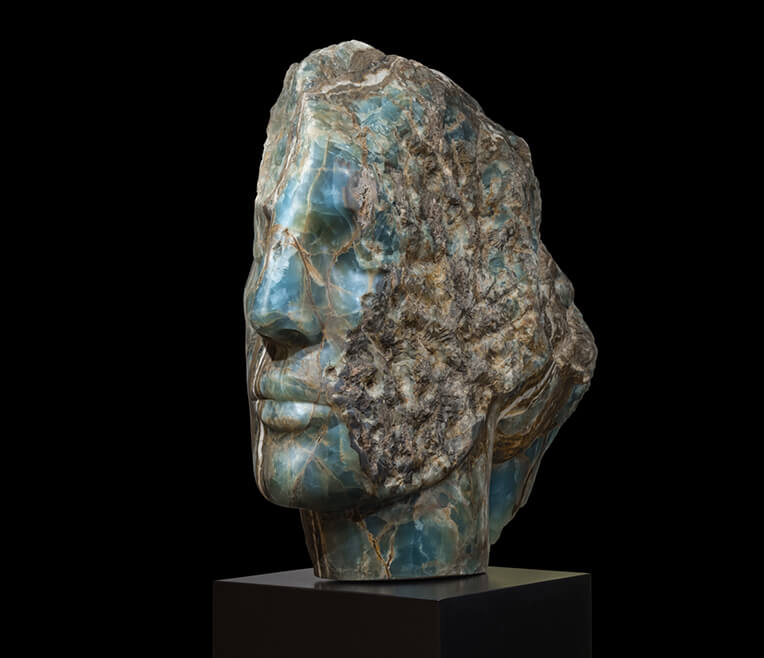
»History in Fashion« – Behind the Scenes at the GRASSI Museum Leipzig
sisterMAG was visiting the GRASSI Museum of Applied Arts in Leipzig and was allowed to take an exclusive look behind the scenes of the current exhibition preparations. From November 20th the new exhibition on the exciting topic of embroidery can be seen: »History in Fashion – 1500 Years of embroidery in fashion «. Caro has met the curator Dr. Stefanie Seeberg and talked about the exhibition organization, the objects and the interesting accompanying program. Here you can find all information!
- Text: Carolin Kralapp
- Photos: Grassi Museum für Angewandte Kunst
New Exhibition:
»History in Fashion – 1500 Years of Embroidery in Fashion« 21.11.2019 – 29.03.2020
Behind the Scenes at the GRASSI Museum for Applied Arts
The GRASSI Museum is a special museum ensemble, housing three museums in the heart of Leipzig. The GRASSI Museum for Applied Arts, the GRASSI Museum for Ethnology in Leipzig and the GRASSI Museum for Musical Instruments University of Leipzig.
The GRASSI Museum for Applied Arts was founded as early as 1874 as the second German Museum of Decorative Arts, seven years after the foundation of the Museum of Decorative Arts in Berlin. Named after the Leipzig merchant and patron Franz Dominic Grassi, his legacy financed the museum’s first building. Between 1925 -1929 the famous museum area at Johannisplatz was built and became one of the most modern museum ensembles of its time. The museum closed its doors before the outbreak of the Second World War, was severely damaged during the bombing and had a large part of the museum’s collection relocated. The running of the museum was extremely restricted for several decades and even stopped altogether at the beginning of the 1980s due to construction problems. It was only after 1994 that it was possible to re-exhibit to the public on a small scale The majority of the collections remained in storage and even today a considerable amount of the museum’s inventories are still waiting to be shown. In 2006 the entire museum complex was extensively reconstructed and reopened in 2007.
The architecture of the GRASSI Museum certainly has highlights in store. The portico with its Art Deco elements and which served as a backdrop for the museum’s latest fashion photoshoot. And the stunning staircase window designed by the Bauhaus master Josef Albers.
But the museum collections alone have a lot of stories to tell. We take a look behind the scenes of the GRASSI Museum for Applied Arts and give you an exclusive preview of the upcoming exhibition »History in Fashion – 1500 Years of Embroidery in Fashion«. Speaking to museum curator Dr Stefanie Seeberg, we gained interesting insights into the exhibition and were able to have a sneak peek at the new exhibits.
Dr Seeberg, can you tell us a little about the history of the museum collection?
I would love to. A large part of the collection originated from the second half of the 19th century. We intend to offer artisans role models and inspiration as well as educational programs for the general public. Naturally, the collections are strongly influenced by the trends of the 19th century. This explains why numerous cultures can be found in the collection’s objects. That was a big focus at the time. The GRASSI Museum of Applied Arts now houses over 230,000 objects in its collection.
You are the curator of the Textile Collection – What can you tell us about embroidery?
Embroidery gives textiles an everlasting meaning. The technique of embroidery is direct and deliberate such as in weaving, painting or printing. What few know is that text and images have been applied to clothing since the late antiquity.
How is the exhibition thematically structured?
The first section of the exhibition deals with »Clothing as a carrier of meaning«. We start with early Egyptian fragment finds. We show the naked objects as they are, with damage and wear because they all have their own history. At the start of the collection, visitors* will be greeted by a very special exhibit: a bone needle from the Prehistoric and Early History Museum in Halle. The second section is dedicated to the world of flora and fauna, which served as a constant source of inspiration for embroidery. This is followed by a diverse collection showing an endless variety of material possibilities using embroidery. From gold, silver and sequins which were used on textiles to increase their value for example. Then we go on a journey admiring pieces from other cultures. They could be found in many European museums from the 19th century onwards. The last two areas of the exhibition are dedicated to the embroidery of today, such as in ReUse and Upcycling techniques. To round off, we present the new paths that the textile and fashion designers* of tomorrow will be taking. Nine textile students taught by Prof. Bettina Göttke-Krogmann, from the Burg Giebichenstein Academy of Art in Halle, will show their current work. Even though the word »fashion« appears in the exhibition’s title, this show is focussing on the technique of embroidery and its application to clothing of all kinds and not primarily on big brands in fashion. Nevertheless, there will also be some haute couture pieces on display, including Dolce & Gabbana.
Accompanying the exhibition, we have also designed a catalogue containing numerous macro photographs of individual objects. This helps those interested to find out more about what we have to offer in terms of objects and stories.
What is the aim of your curated exhibition »History in Fashion«?
We would like to give visitors an insight into our extremely versatile and expansive textile collection. You will learn in detail what embroidery entails and its importance which has been preserved over the centuries. It is easy to see how historical embroidery still inspires fashion designers today. Even though the majority of the exhibits are historical, we are not presenting a purely historical exhibition. The reference to the present is of upmost important to us. Of course, it is not possible to display the entire chronological history of embroidery in all its detail. But visitors can experience a good cross-section with curated examples.
What will the exhibition’s accompanying programme look like?
There will be a whole array of activities that we are looking forward to presenting. We will be offering several guided tours throughout the exhibition. Hands-on workshops in which visitors* can get creative and embroider their own textiles. The young designer Magdalena Sophie Orland will be giving an open workshop in the exhibition rooms almost every Wednesday from 3pm to 5pm. The participants* can bring material and create beautiful embroidery together.
At the end of November, Laurent and Hermann Progin, master students of designer Guido Maria Kretschmer’s master class, will also be offering an open workshop. Children and families can also enjoy an additional programme with special offers throughout the winter holidays. All the details of the programme can be found on our website.
Exhibition opening: 20 November 2019, 7pm.
You can visit the exhibition »History in Fashion – 1500 Years of Embroidery in Fashion« from 21 November 2019 – 29 March 2020, Tuesday to Sunday and on public holidays from 10am – 6pm.
You can find the extensive accompanying programme for the exhibition here.

